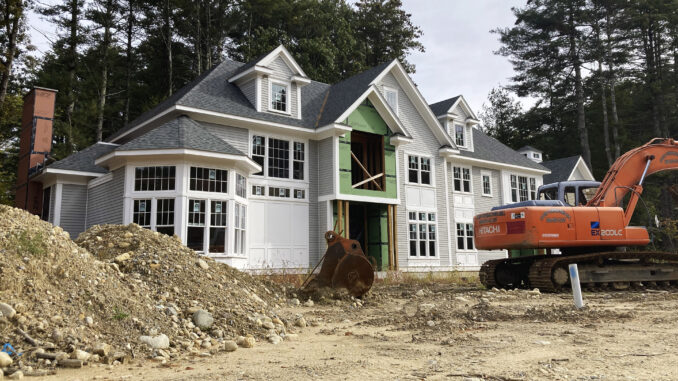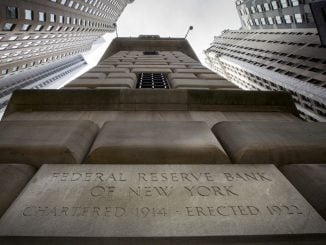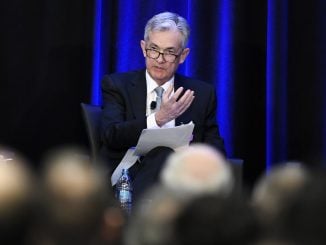
The cost of financing a home surged again this week with the average long-term U.S. mortgage rate at its highest level since December 2000.
The average rate on the benchmark 30-year home loan rose to 7.63% from 7.57% last week, mortgage buyer Freddie Mac said Thursday. A year ago, the rate averaged 6.94%.
Borrowing costs on 15-year fixed-rate mortgages, popular with homeowners refinancing their home loan, also increased. The average rate rose to 6.92% from 6.89% last week. A year ago, it averaged 6.23%, Freddie Mac said.
As mortgage rates rise, they can add hundreds of dollars a month in costs for borrowers, limiting how much they can afford in a market already out of reach for many Americans. They also discourage homeowners who locked in far low rates two years ago from selling. The average rate on a 30-year mortgage is now more than double what it was two years ago, when it was just 3.09%.
This is the sixth consecutive week that mortgage rates have moved higher. The weekly average rate on a 30-year mortgage has remained above 7% since mid-August and is now at the highest level since Dec. 1, 2000, when it averaged 7.65%.
“Mortgage rates continued to approach 8% this week, further impacting affordability,” said Sam Khater, Freddie Mac’s chief economist.
The combination of elevated rates and low home inventory has worsened the affordability crunch by keeping home prices near all-time highs even as sales of previously occupied U.S. homes have fallen 21% through the first nine months of this year compared to the same period in 2022.
As rates have marched higher, home loan applications have slumped to their lowest level since 1995 in recent weeks, according to the Mortgage Bankers Association.
“Mortgage application activity is now at its lowest level in 29 years as high mortgage rates, limited housing inventory, and affordability challenges continue to constrain borrowers,” said MBA CEO Bob Broeksmit. “While 2023 has been a tough time for the housing market, MBA expects that mortgage rates will moderate heading into 2024, which should bring some relief to those looking to buy a home.”
Mortgage rates have been climbing along with the 10-year Treasury yield, which lenders use as a guide to pricing loans. Investors’ expectations for future inflation, global demand for U.S. treasuries and what the Fed does with interest rates can influence rates on home loans.
The central bank has already pulled its main interest rate to the highest level since 2001 in hopes of extinguishing high inflation and has indicated it may cut rates by less next year than earlier expected. The threat of higher rates for longer pushed Treasury yields to their highest levels in more than a decade.
The 10-year Treasury yield was at 4.90% in midday trading Thursday. It was at roughly 3.50% in May and just 0.50% early in the pandemic.



